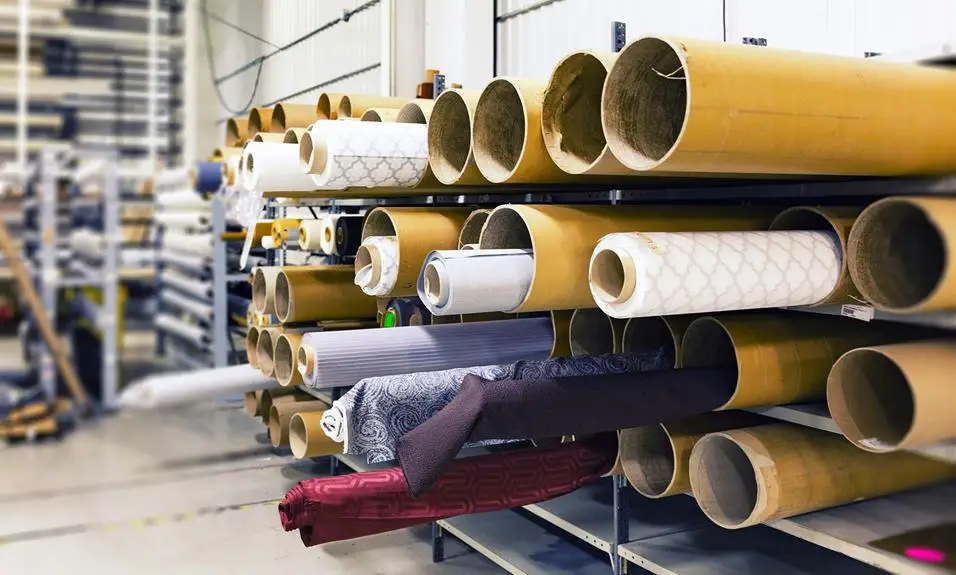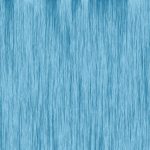When you think about textile manufacturing, tumbling might not be the first process that comes to mind, but it's essential for achieving high-quality fabrics. This mechanical technique not only softens fibers but also enhances the overall appearance, making textiles more appealing to consumers. As you explore the various tumbling methods and their benefits, you'll uncover how this process impacts everything from texture to durability. What you might find surprising is how these techniques are evolving to meet the demands of the industry. Are you ready to uncover the future of tumbling in textiles?
Table of Contents
Key Takeaways
- Tumbling enhances fabric softness and reduces wrinkles, improving the overall appearance and feel of textiles.
- The process ensures even treatment distribution, leading to a uniform finish across all fabrics.
- It strengthens fiber bonds, increasing the durability and longevity of the final textile products.
- Various tumbling techniques cater to different fabric types, optimizing results for diverse materials.
What Is Tumbling?
Tumbling is a mechanical process that involves rotating fabric in a drum to enhance its texture and finish. During this process, fabrics are subjected to a combination of movement, air, and sometimes heat, which works together to produce a softer, more appealing material.
You might wonder how this actually happens. As the fabric tumbles, the fibers rub against each other, creating a natural fluffiness. This movement helps to loosen any tightly woven fibers, resulting in a more relaxed feel.
The tumbling process can vary depending on the type of fabric and the desired outcome. For instance, you may use different temperatures or times to achieve specific effects. Some fabrics benefit from longer tumbling durations, while others require a gentler touch.
The equipment used for tumbling can differ as well, ranging from large industrial machines to smaller, more specialized units.
In textile manufacturing, it's essential to understand the intricacies of tumbling. Knowing how to manipulate the process can greatly influence the final product, affecting everything from appearance to usability.
With proper technique, you can ensure that the fabric meets the high standards expected in the industry.
Benefits of Tumbling
The advantages of tumbling extend far beyond just enhancing texture; they significantly improve the overall quality and appeal of the fabric.
When you incorporate tumbling into your textile manufacturing process, you're not just softening the fibers; you're also reducing the presence of wrinkles and creases. This results in a more polished and professional-looking product.
Additionally, tumbling helps to evenly distribute treatments and finishes across the fabric, ensuring consistent quality and performance. You'll find that fabrics treated through tumbling often exhibit better durability, as the process can enhance the bond between fibers, making them less prone to wear and tear.
Moreover, the improved texture you achieve through tumbling can make your fabrics more appealing to consumers. Soft, luxurious materials are more likely to attract buyers, and a well-finished product can significantly increase your brand's reputation.
Tumbling Techniques and Methods
Various techniques and methods exist to optimize the tumbling process in textile manufacturing, each designed to enhance fabric quality and efficiency. You can choose from several approaches to get the best results for your textiles.
Here are some effective tumbling techniques you might consider:
- Drum Tumbling: This method uses a rotating drum to move fabrics, allowing for uniform tumbling and softening.
- Air Tumbling: Here, air flows through the fabric, creating a gentle tumbling effect that reduces stress on delicate materials.
- Vibratory Tumbling: This technique employs vibrations to agitate the fabric, promoting a more thorough and even treatment.
- Wet Tumbling: Adding moisture during the tumbling process helps soften the fabric while reducing static and friction.
Impact on Fabric Quality
Effective tumbling techniques significantly enhance fabric quality by improving softness, reducing wrinkles, and ensuring a uniform finish. When you implement proper tumbling processes, you create smoother surfaces and eliminate harsh textures, providing a more pleasant experience for the end-user.
Here's a quick overview of how tumbling impacts fabric quality:
| Impact | Description |
|---|---|
| Softness | Fabrics feel more luxurious and comfortable. |
| Wrinkle Reduction | Minimizes the need for ironing or pressing. |
| Uniform Finish | Achieves consistent texture and appearance. |
| Durability | Enhances the longevity of the fabric. |
Future Trends in Tumbling
Emerging technologies are increasingly shaping the future of tumbling in textile manufacturing, promising improvements in efficiency and fabric care. You'll likely see a shift toward more automated and intelligent systems that can adapt to various fabric types and processing needs. This means you can expect:
- Smart sensors that monitor fabric conditions in real-time, ensuring optimal tumbling cycles.
- Energy-efficient machines designed to reduce consumption while maintaining performance.
- Eco-friendly materials in machine construction, promoting sustainability in your operations.
- Advanced software algorithms that optimize tumbling parameters based on fabric characteristics.
With these advancements, you can enhance the quality of your finished products while reducing operational costs.
The focus on sustainability will also resonate with consumers increasingly demanding environmentally responsible practices.
As tumbling technology evolves, staying ahead of these trends will be crucial for maintaining a competitive edge in the textile industry.
Embracing these innovations not only improves efficiency but also elevates the overall quality of your fabric care processes.
Frequently Asked Questions
How Does Tumbling Affect Dye Absorption in Fabrics?
Tumbling increases fabric surface area, allowing dyes to penetrate more effectively. You'll notice that fabrics treated this way absorb colors more uniformly, resulting in vibrant, consistent hues that enhance the overall appearance of the finished product.
What Types of Fabrics Are Best Suited for Tumbling?
When considering fabrics for tumbling, you'll find that cotton, polyester blends, and denim work best. These materials can withstand the process, ensuring durability and enhancing texture, making them ideal choices for tumbling techniques.
Is Tumbling Eco-Friendly Compared to Other Processes?
When you compare tumbling to other processes, it often uses less water and energy, making it more eco-friendly. However, the overall sustainability depends on specific practices and materials used in each method.
What Safety Measures Are Necessary During the Tumbling Process?
When tumbling, you should wear protective gear like gloves and goggles. Ensure proper ventilation to avoid inhaling dust. Regularly inspect equipment for malfunctions, and keep emergency procedures accessible to maintain a safe working environment.
How Does Tumbling Impact Production Costs in Textile Manufacturing?
Tumbling affects production costs by increasing efficiency and reducing labor time. You'll find that improved consistency reduces waste, ultimately leading to lower expenses. Investing in better tumbling equipment can also enhance overall product quality and profitability.
- How Does Ring Spun Cotton Affect Garment Fit and Shape Retention? - August 13, 2024
- What Are the Challenges in Producing Ring Spun Cotton? - August 13, 2024
- Is Ring Spun Cotton Suitable for Plus-Size Clothing? - August 13, 2024







